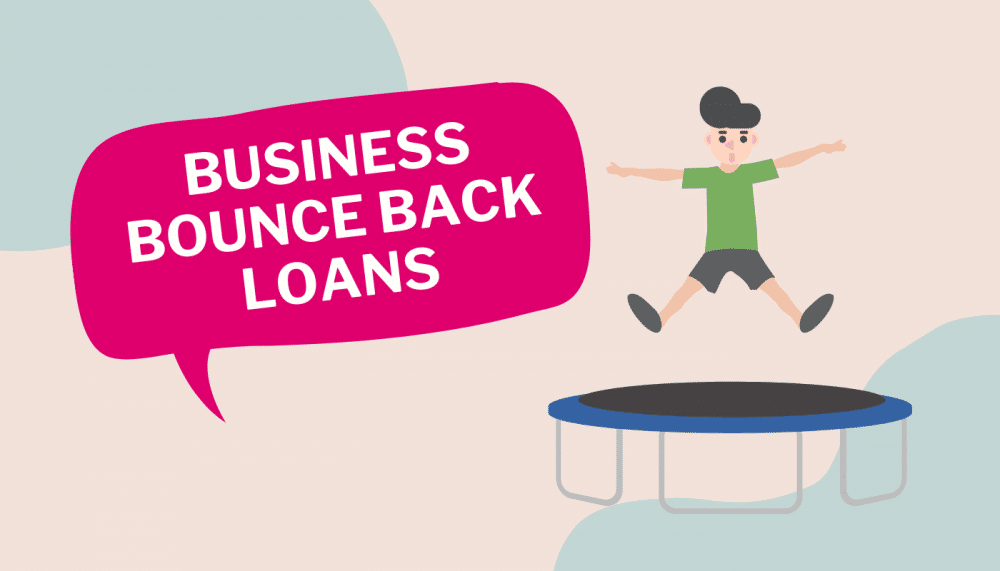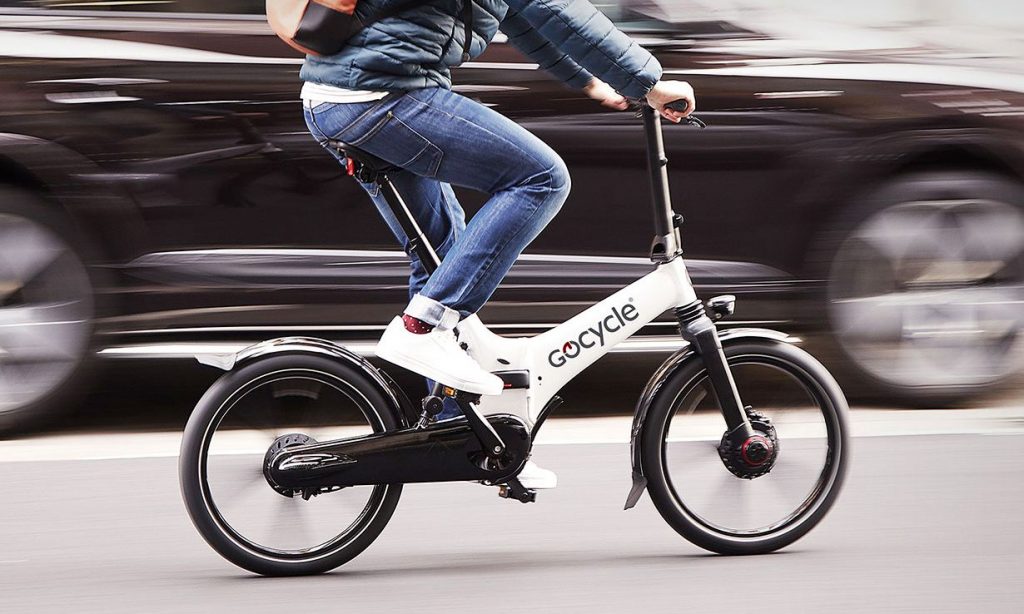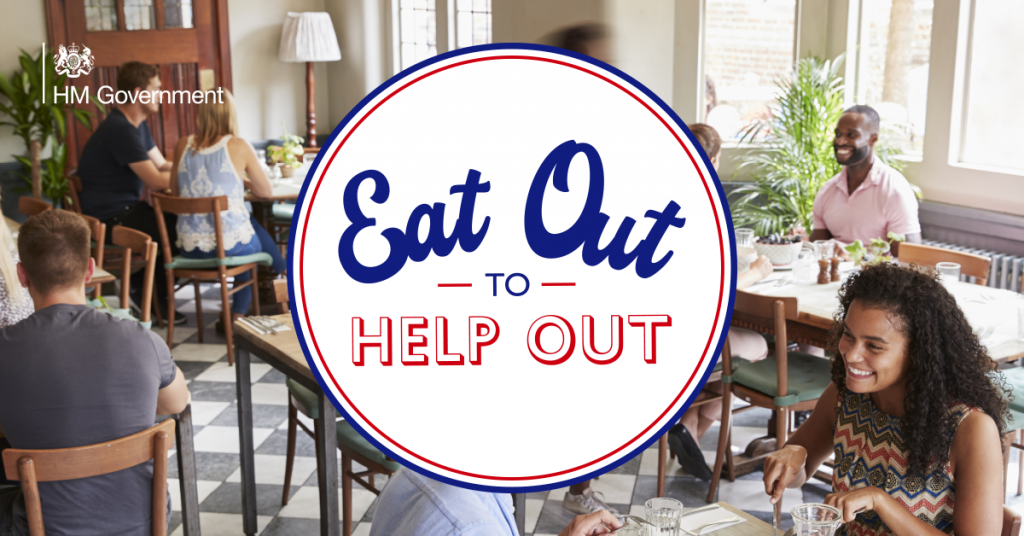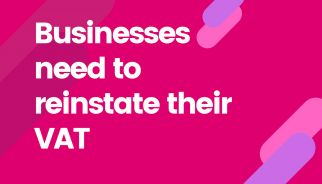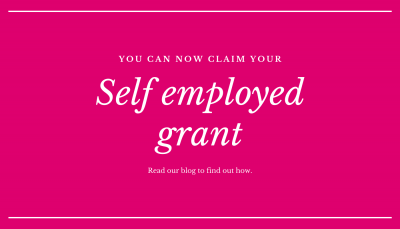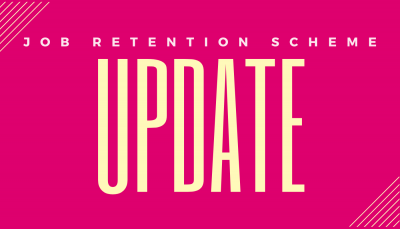The Government has announced details on how to claim the reimbursement for discounts given to diners with the Eat Out to Help Out Scheme.
Please talk to us if you need help with your claim and record keeping.
Who can claim?
If you have registered your establishment for the Eat Out to Help Out Scheme and offered scheme discounts to diners on Mondays to Wednesdays between 3 and 31 August, you can:
- claim back the discount given on food and non-alcoholic drinks
- submit weekly claims for August until 30 September
You must make the claim ONLINE yourself. You cannot ask us to do it for you. We can help you calculate the claim if you want us to.
You must enter accurate details for all the establishments you’re claiming for before submitting your claim. If you need to amend information later your payment may be delayed.
When you can claim
You can make a claim after 7 days from the date of your registration. You can only claim for scheme discounts you offered on or after the date you registered.
What you will need
You will need the records you’ve kept for each day you have used the scheme, including the:
- total number of diners (covers) who have used the scheme, including children
- total amount of discount you’ve given
- period you’re claiming for
If you are making a claim for more than one establishment, you will need to have the:
- records for each establishment
- overall total value of the claim for all establishments ready before you claim
How to claim
You must enter accurate details for all the establishments you’re claiming for and check your claim carefully before submitting.
If you claim too much, HMRC will not be able to correct this until 14 August.
If you claim too little, HMRC will not be able to correct this until 21 August.
You can make up to 5 claims before 30 September. You cannot claim after that.
When you sign into the service you must choose the periods that you are claiming for, from:
- 3 to 5 August
- 10 to 12 August
- 17 to 19 August
- 24 to 26 August
- 31 August
You’ll also need to enter the total number of covers and claim value for each establishment that has offered the scheme discount.
Records you must keep
To show the link between the number of diners who got the discount and the total value of scheme discount being claimed for in each claim period, for each day, all you must keep is a record of the:
- total number of diners who have used the scheme discount in your establishment
- total value of all eat in food and non-alcoholic drink sold where the scheme discounts were given
- total value of scheme discounts you’ve given and claimed for
If you are using the scheme for more than one establishment, you must keep these records for each.
HMRC may ask for your records relating to the scheme. You should keep records:
- in a format that suits your business
- with your other business records
Once you have claimed, you will get a claim reference number. HMRC will then check your claim is correct and pay the claim amount by BACs into the bank account you gave when you registered, within 5 working days.
Paying tax
You will still need to pay VAT based on the full amount of your customer’s bill before the scheme discount is applied. This amount needs to be reflected in the correct VAT return for the period the transaction took place.
If your point of sale system does not allow you to account for VAT accurately under this scheme, you can manually adjust your VAT account after the sale.
If you cannot include the adjustment in the period the transaction took place, you should estimate the VAT and you must account for any difference in your next VAT return.
The payment you receive will be treated as taxable income.
If you need to make a correction
If you need to correct any information given during registration or to a claim, you will need to contact HMRC. There is a dedicated helpline for this scheme: 0300 322 9429.
For further information or assistance with the claim please contact us.

